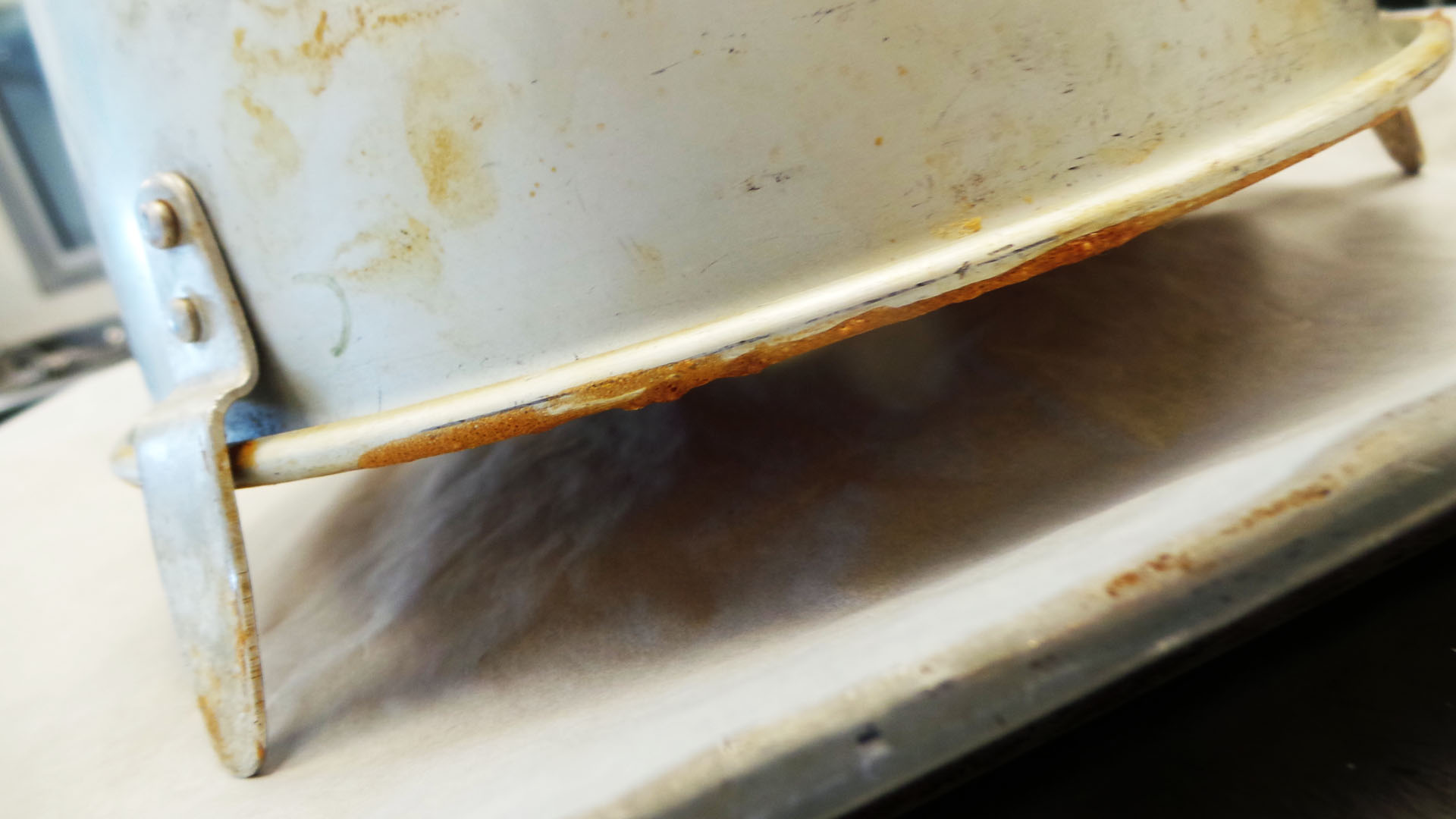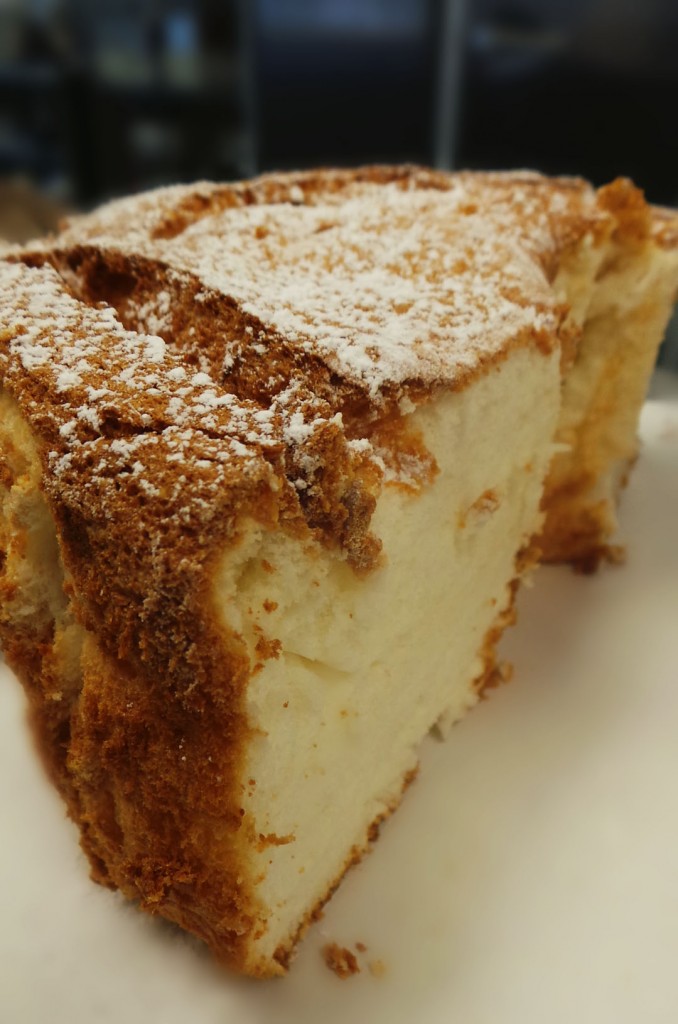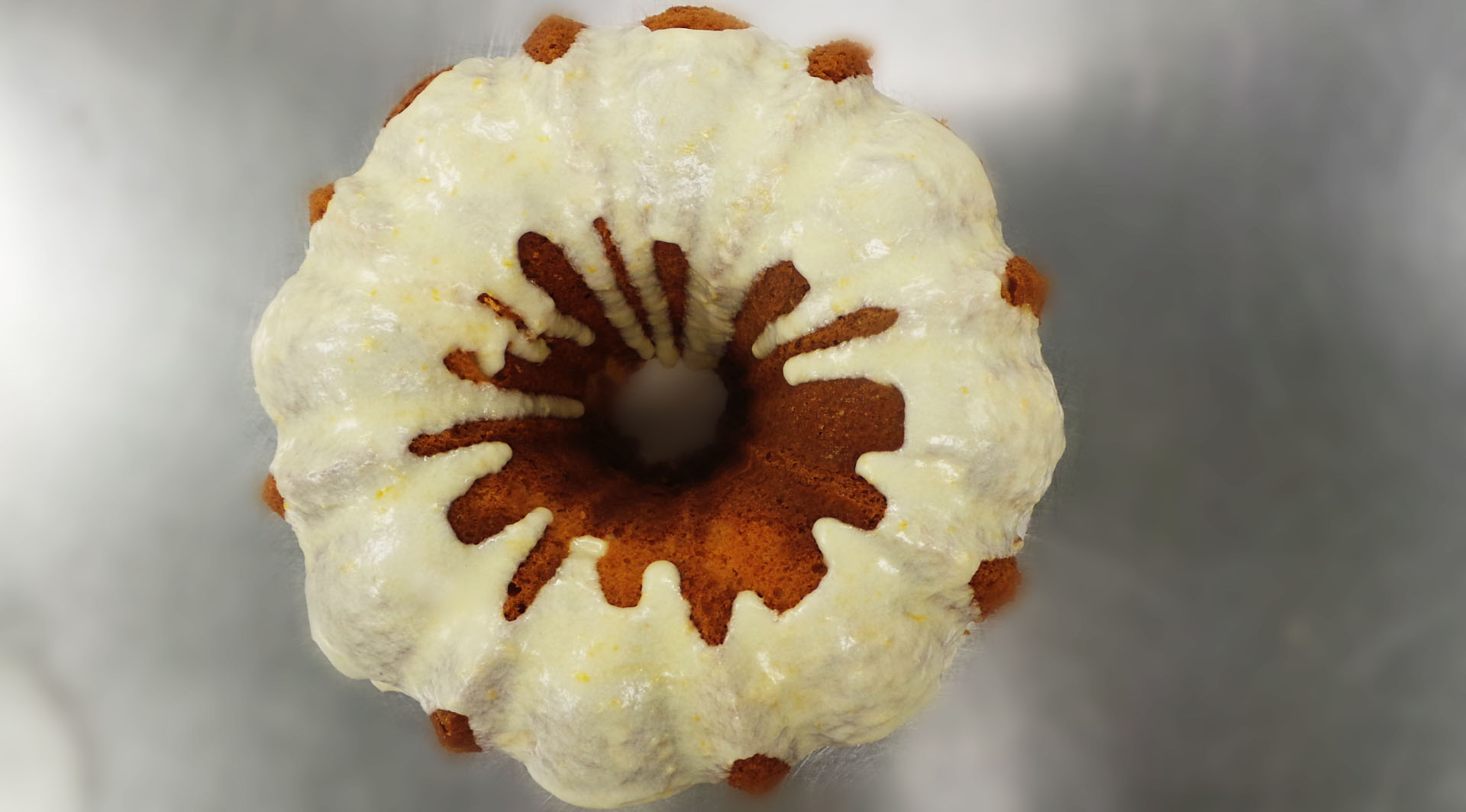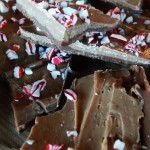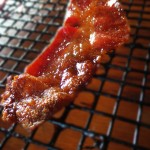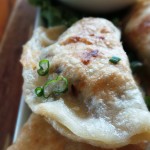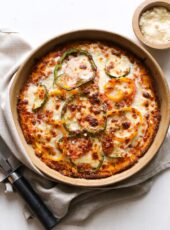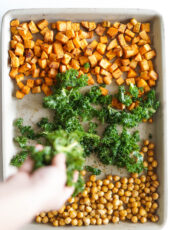*This post includes Angel Food Cake, Orange Chiffon Cake, simple sugar glaze, and several variations of each cake!
What the heck is a foam cake?
That was my first reaction when chef told us the next class would be dedicated to foam cakes. Just so happened I brought my camera with me to what I can officially say has been my favorite baking class so far this semester.
Now, five hours and three products later, I can not only make meringue in my sleep, but I know the basics of foam cakes, or should I say “foam cakes 101.”
So really, what the heck is a foam cake? Other than being light, tender, and delicious, they are cakes that rely on the incorporation of meringue. What’s a meringue you ask? Simple: whipped egg whites. You know what that means? These cakes require little to no fat. YOU KNOW WHAT THAT MEANS? Almost fat-free. Almost. Now this can kinda be a process, so I’m going to try and break it down as simple as possible…
When making meringue:
Do’s:
- use a standing or hand electric mixer
- use a SPOTLESS clean bowl, preferably stainless-steel or glass
- make sure your bowl is completely dry
- let eggs sit in room temperature 30 minutes before whipping
- separate eggs with an egg separator
- eggs first, sugar second
Dont’s:
- beat or whisk by hand
- use plastic or tupperware bowls
- separate eggs over the already-separated egg whites
- use eggs straight from the fridge
- incorporate any fat
If you can’t tell, these eggs are kinda high maintenance. In order to make a successful foam cake, you need a successful meringue. Hopefully these “do’s and don’ts” haven’t scared you off, it’s rather simple, let me explain.
*cough cough*
Several factors affect a meringue: sugar, fats, temperature, acid, and whipping time. Some good factors, some bad. Let’s start with the bad: fat. Basically the smallest amount of fat will be detrimental to your meringue. This is why it is best to separate each egg individually over a “separating bowl,” that way if any yolk sneaks through, you won’t have to throw out all of your egg whites. I like to set up three bowls: one for separating, one for the whites, and one for the yolks. You don’t have trash the yolks, read your recipe first because some foam cakes do require egg yolks. Grease and oil can also be found on your fingers or plastic bowls. That’s why it’s best to wear gloves when separating eggs and to use a non-plastic bowl. I told you these eggs are needy.
Temperature of the eggs will also affect your product. Cold eggs tend to separate and may not whip. Either separate your eggs and let the whites sit for about 30 minutes in room temperature, or let the whole eggs sit for 30 minutes before separating (recommended).
Add the sugar after whipping the egg. I’ll explain later the process of whipping time and what you should see, but you won’t see this if you add your eggs and sugar all at once. You may not understand this now, but trust me when I say this: add the sugar after a peak has formed.
Some meringue recipes call for an acidic ingredient, such as cream of tartar, lemon juice, or vinegar. This simply stabilizes egg foam and is added in the early process of whipping.
What to see when whipping eggs:
- First you’ll add your egg whites and whip for 1-2 minutes on medium-high speed. Initially you’ll see foam. If a recipe calls for an acidic ingredient (like the angel food cake), you’ll add that probably about now. A minute later soft peaks will start to form. The eggs will turn less yellowish and more white. This is when you’ll add the sugar, gradually. It’ll whip up some more and defined peaks will form and the meringue should be stiff, shiny, but not dry. When the meringue is finished, most not all of the sugar should be dissolved. You can test this by rubbing a little meringue in between your fingers. You should be able to feel some sugar, but nothing too grainy.
Now hopefully you have somewhat of an idea of what it takes to make a meringue. Though a meringue needs minimal ingredients, it requires a lot of special attention. Both foam cake recipes that will follow require a meringue, both meringues are made a little differently. Whether there’s an acid added or not, all of the “do’s and don’t” still apply. If you’re freaked out, don’t worry – in the end it’s all a piece of cake…piece of foam cake.
*Note on the foam cakes:
- It’s ideal to use a tube pan for the angel food cake and a bundt pan for the chiffon cake. The tube pan has ZERO preparation, however, the bundt pan must be greased and lightly floured because of it’s odd shape.
- You can top either cake with powdered sugar, glaze(recipe will follow), whipped icing, or a fruit dressing.
- Both cakes/cake pans should be cooled the same way: upside down. Simply line a sheet pan with parchment paper and flip the pan upside down.
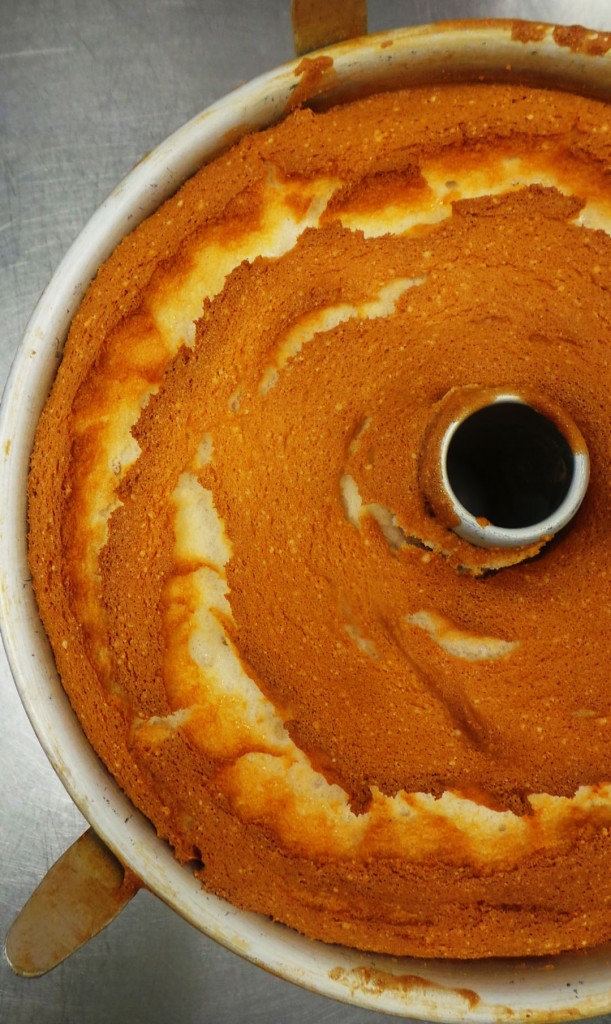

- 1 T. vanilla extract
- 5 oz. granulated sugar (2/3 c.)
- 3 1/2 oz. cake flour ( a little under 1 c.)
- 1/4 tsp. salt
- 1 lb. egg whites (roughly 10 eggs)
- 2 tsp. cream of tartar
- 7 oz. granulated sugar (1 cup)
- Preheat oven to 350
- In a clean stainless-steel or glass bowl, add the egg whites. With a whip attachment on your electric mixer, whip the eggs on medium-high speed until foamy. Slowly add the cream of tartar and continue to whip until soft peaks form. Slowly add in the 7 oz. of sugar and continue to whip until the eggs are stiff, and the meringue is shiny. The best way to test if the meringue is finished is to feel with your fingers if the sugar has somewhat dissolved. You should only feel a small amount of sugar, nothing too grainy. Transfer to a large mixing bowl.
- Sift the cake flour so the air particles distribute evenly. Combine to a bowl with the remaining 5 oz. of sugar, and salt.
- Sift the combined dry ingredients over the meringue and fold quickly but gently with a rubber spatula. Pour in the vanilla and fold.
- Pour into an UNGREASED tube pan for 40-50 minutes. When finished, the surface will have deep cracks.
- Invert the pan over a sheet pan lined with parchment paper and cool upside down until the pan is cool to the touch. To remove the cake from the pan, insert a thin knife around the edge of the pan and interior of the tube. Flip over and gently or remove the bottom of the pan if a two-piece pan was used.
- Dust with powdered sugar and serve.
- For a chocolate angle food cake, reduce the vanilla to 2 tsp. and combine with 1 oz. of cocoa powder and 1/4 c. of warm water. When the meringue is finished, whisk a large spoonful of the meringue in with the cocoa mixture. Fold that into the remaining meringue, then proceed to sift dry ingredients indicated in step 4.
- For a lemon angel food cake, add 2 tsp. of fresh lemon zest with the sugar-flour-salt mixture. Fold in 1 tsp. of vanilla extract as well as the vanilla indicated in step 4.
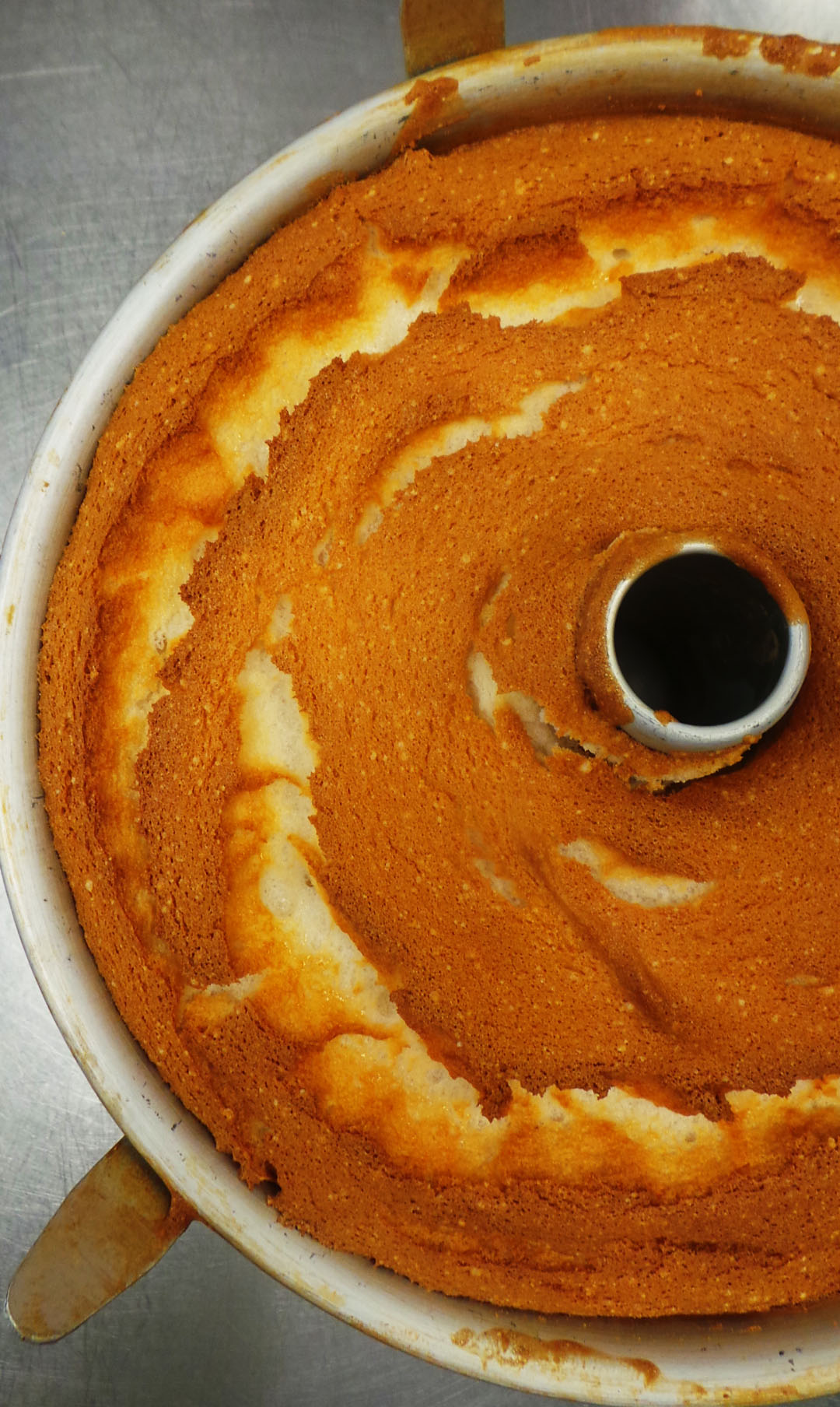
The angel food cake should resemble the cake above. The cracked surface indicates it has finished cooking.
The “crumb,” or interior of the cake should be moist and tender. The texture makes this ideal for a fruit compote, or sliced up and served with fruit, shredded coconut, and a drizzle of honey.
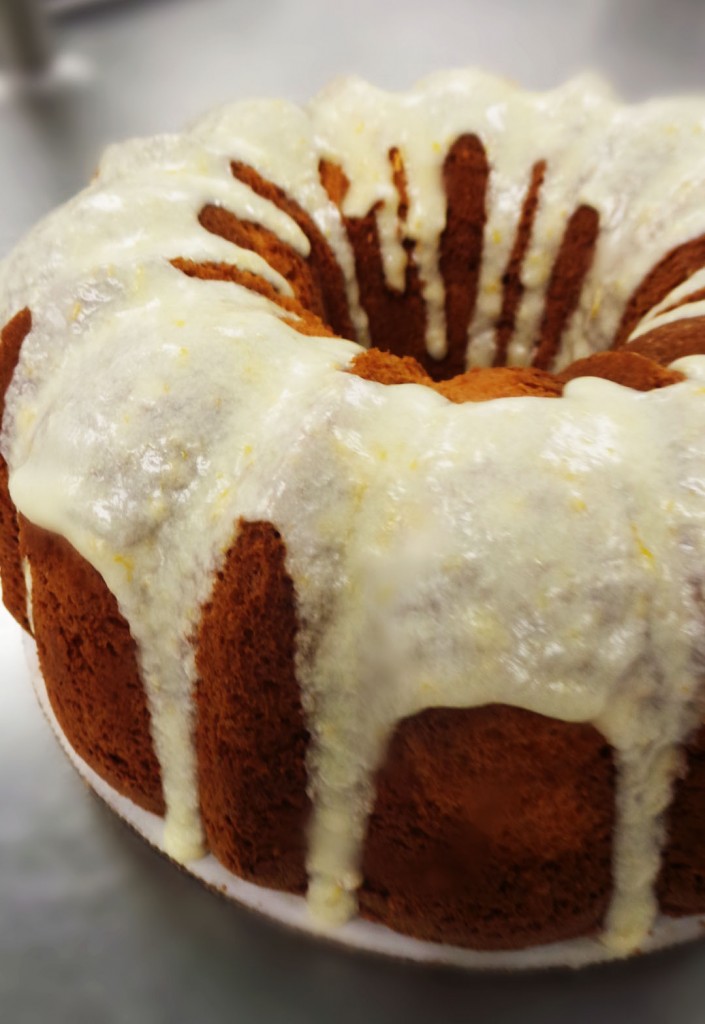

- 8 oz. cake flour (roughly 2 1/4 c.)
- 6 oz. sugar (3/4 c.)
- 1 T. baking powder
- 1 t. salt
- 1/2 c. vegetable oil
- 6 egg yolks
- 1/4 c. cool water
- 1/2 c. orange juice
- 1 T. orange xest
- 1 T. vanilla
- 8 egg whites
- 6 oz. sugar (3/4 c.)
- Preheat oven to 325.
- In a clean bowl, whip the egg whites until foamy. Slowly beat in the 6 oz. of sugar and continue beating until stiff peaks have formed.
- In a separate bowl, sift the cake flour. Combine the flour, sugar, baking powder, and salt, and sift all together. Make a well for the wet ingredients.
- In a large bowl combine the oil, yolks, water, orange juice, orange zest, and vanilla. Add this to the well and whisk together until no longer lumpy.
- Fold in 1/3 of the egg whites with a rubber spatula. Fold in the remaining egg whites, one third at a time. Fold until the batter has completely combined, making sure there is no visible egg white.
- Lightly grease and flour a bundt pan. Add the batter to the pan and bake for 1 hour, or until a toothpick comes out clean.
- Invert pan over a sheet pan line with parchment paper. Cool upside until the pan is cool to the touch.
- Remove from pan and top with glaze (featured).
- For a lemon chiffon cake, combine 1/4 c. of lemon juice and 1/4 c. water. Replace lemon water for orange juice. Substitute grated lemon zest for orange zest.
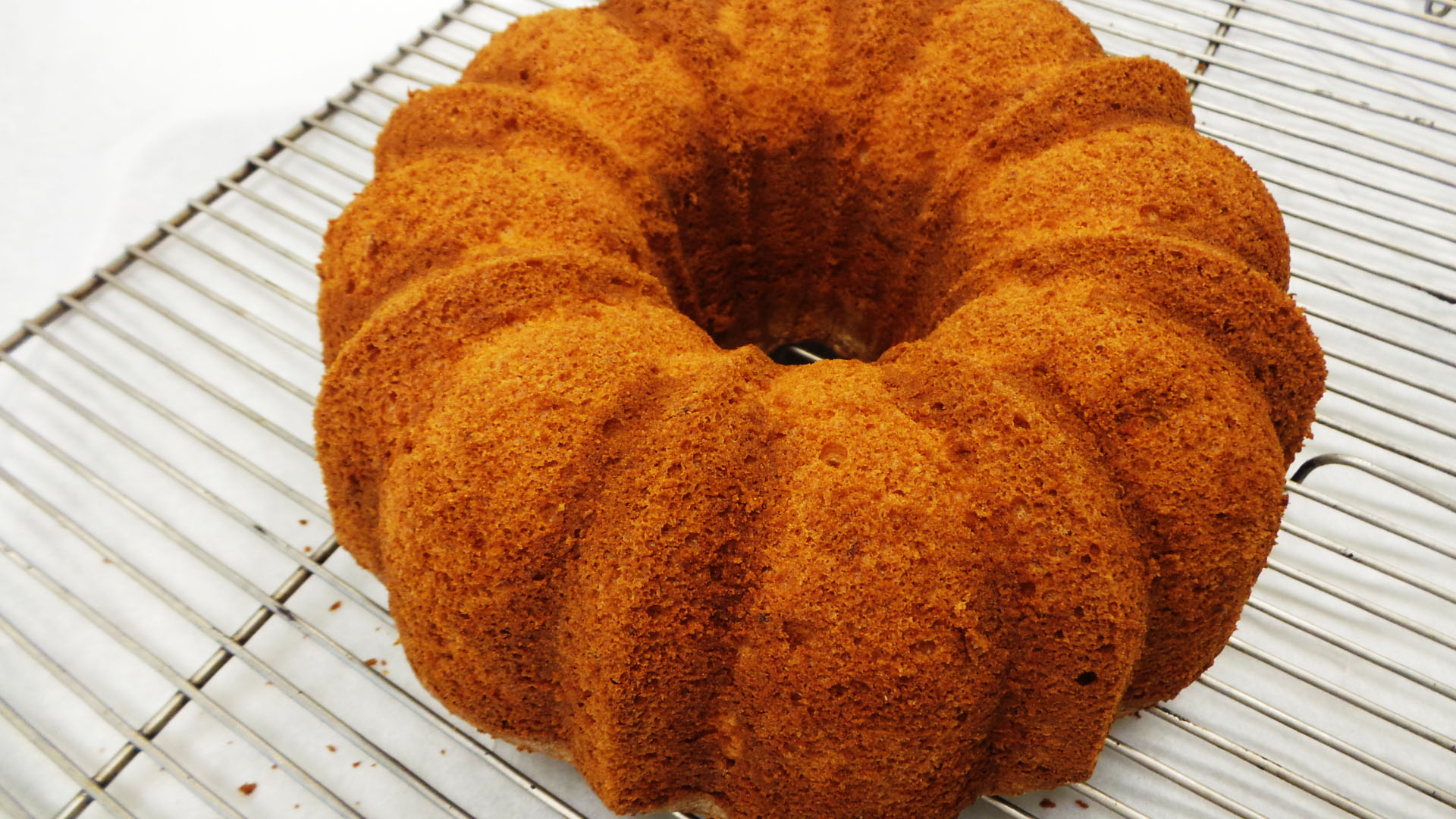
Don’t be afraid to use your hands to remove the cake from the pan. What you see in the pan is the bottom of the cake, so it won’t affect it’s pretty-ness. Also, it’s best to ice this over a rack or parchment paper to avoid a mess!
The icing, recipe below, will harden after a few minutes. It’s much easier to slice when the icing has hardened. Ooooh, temptation!
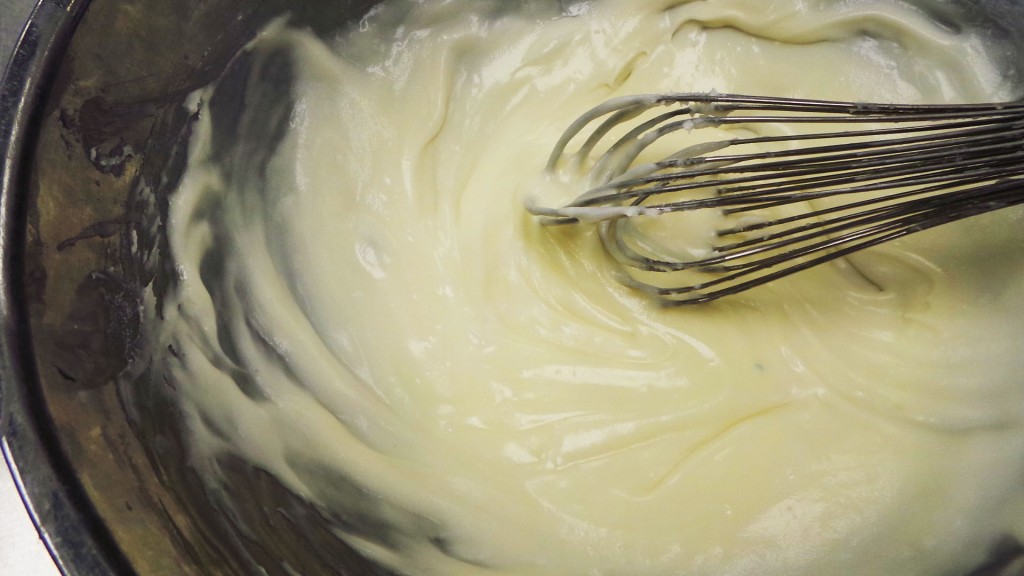

- 2 1/4 c. powdered sugar
- 2 tsp. vanilla
- 2 T. butter - melted
- 1/4 c. light cream or milk
- Stir all ingredients together until smooth. Adjust the consistency by adding more cream or milk. I prefer to add 1 tablespoon of cream, then 1 tablespoon of water, and rotating until the glaze has reached the proper consistency.
- Adjust flavor if necessary.
- For flavored glaze: stir 1/4 tsp. lemon or orange oil into the glaze. Add zest for a little color.
- Prepare the glaze just before adding to the cake.
- For a bundt cake, add the glaze to a pipe bag or zip lock bag. Cut open a hole and circle the top of the cake with icing, allowing the icing to slowly drip down.
[shopeat_button]



